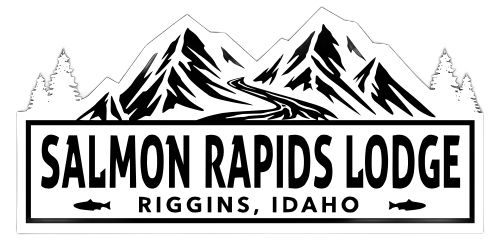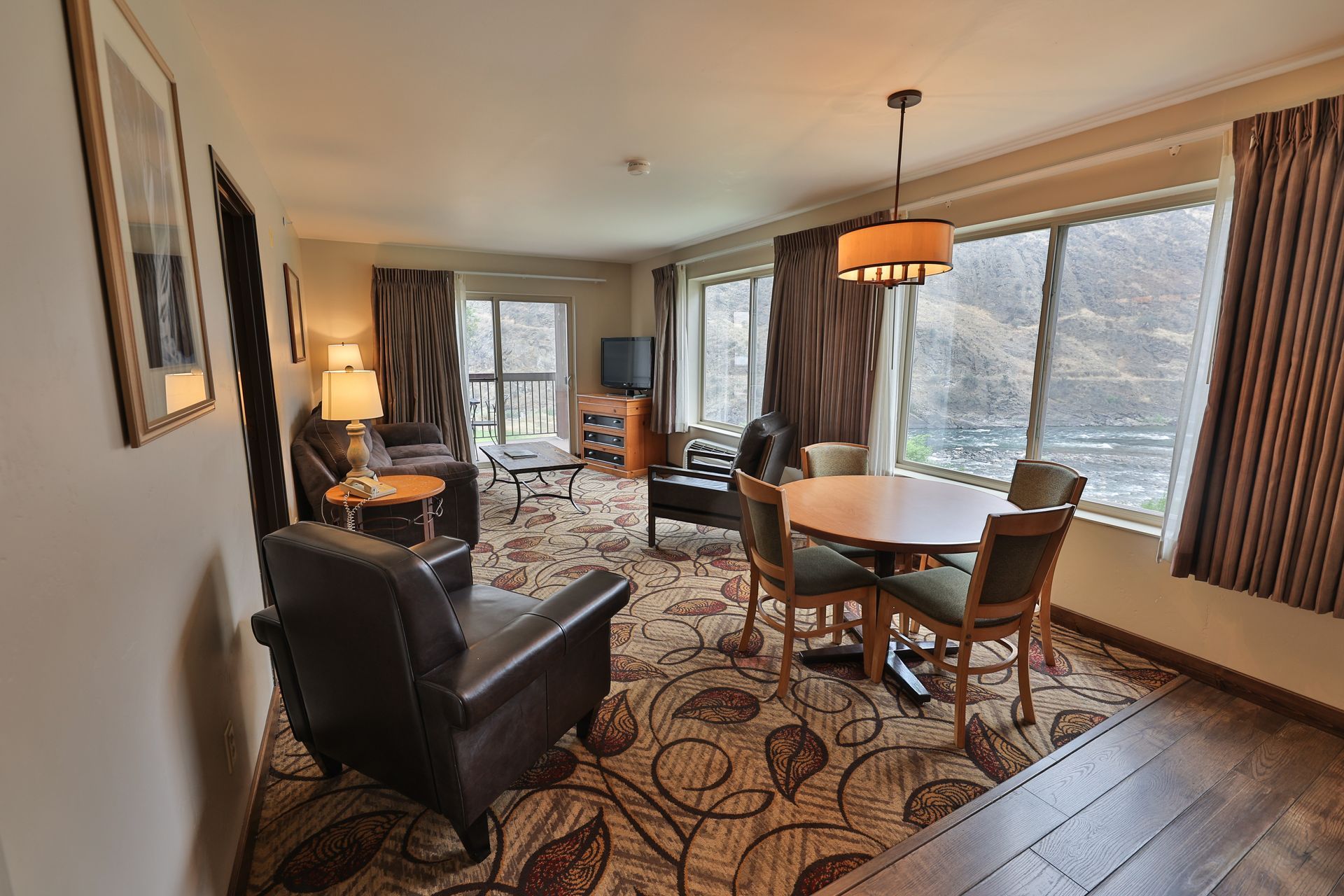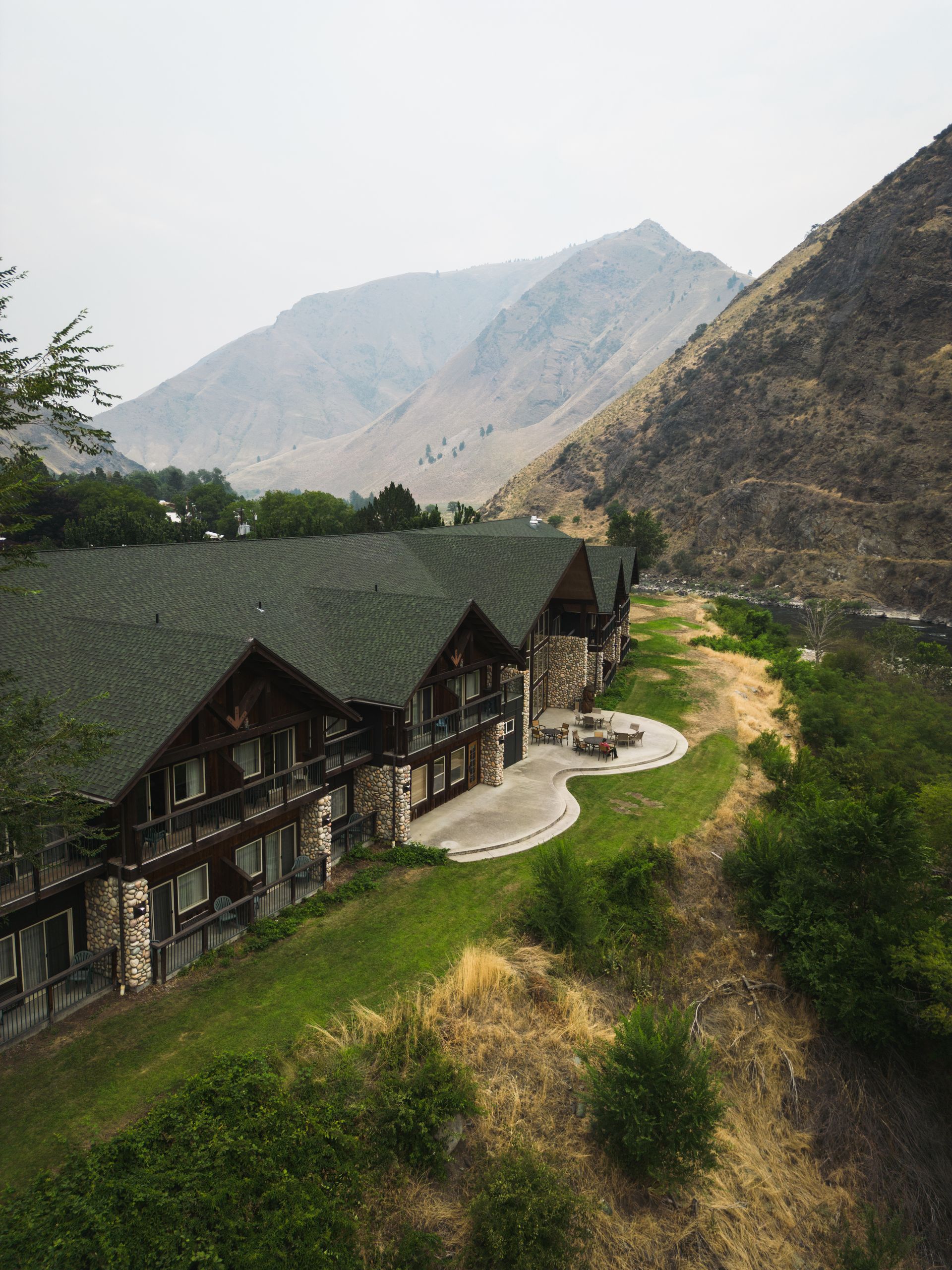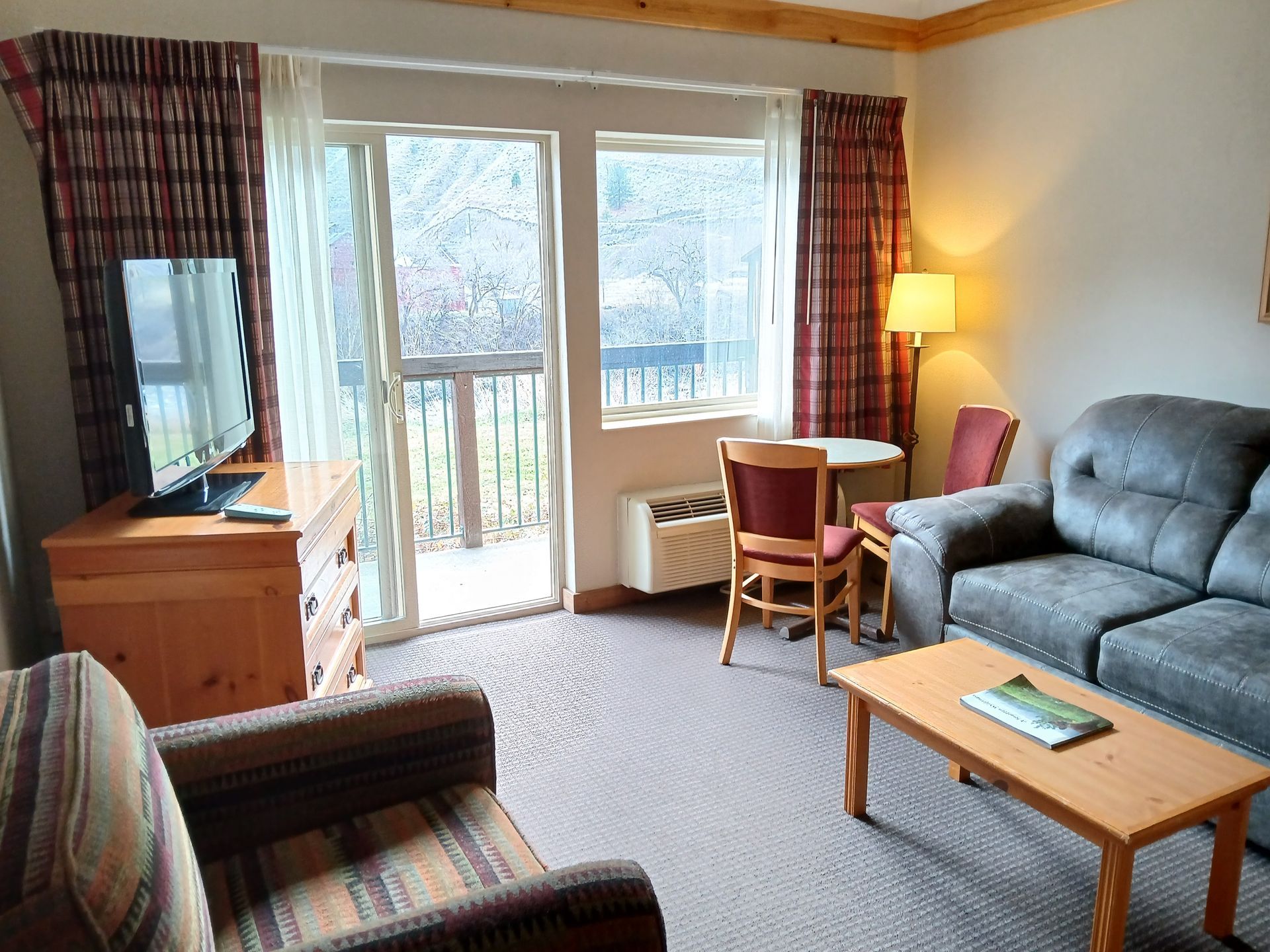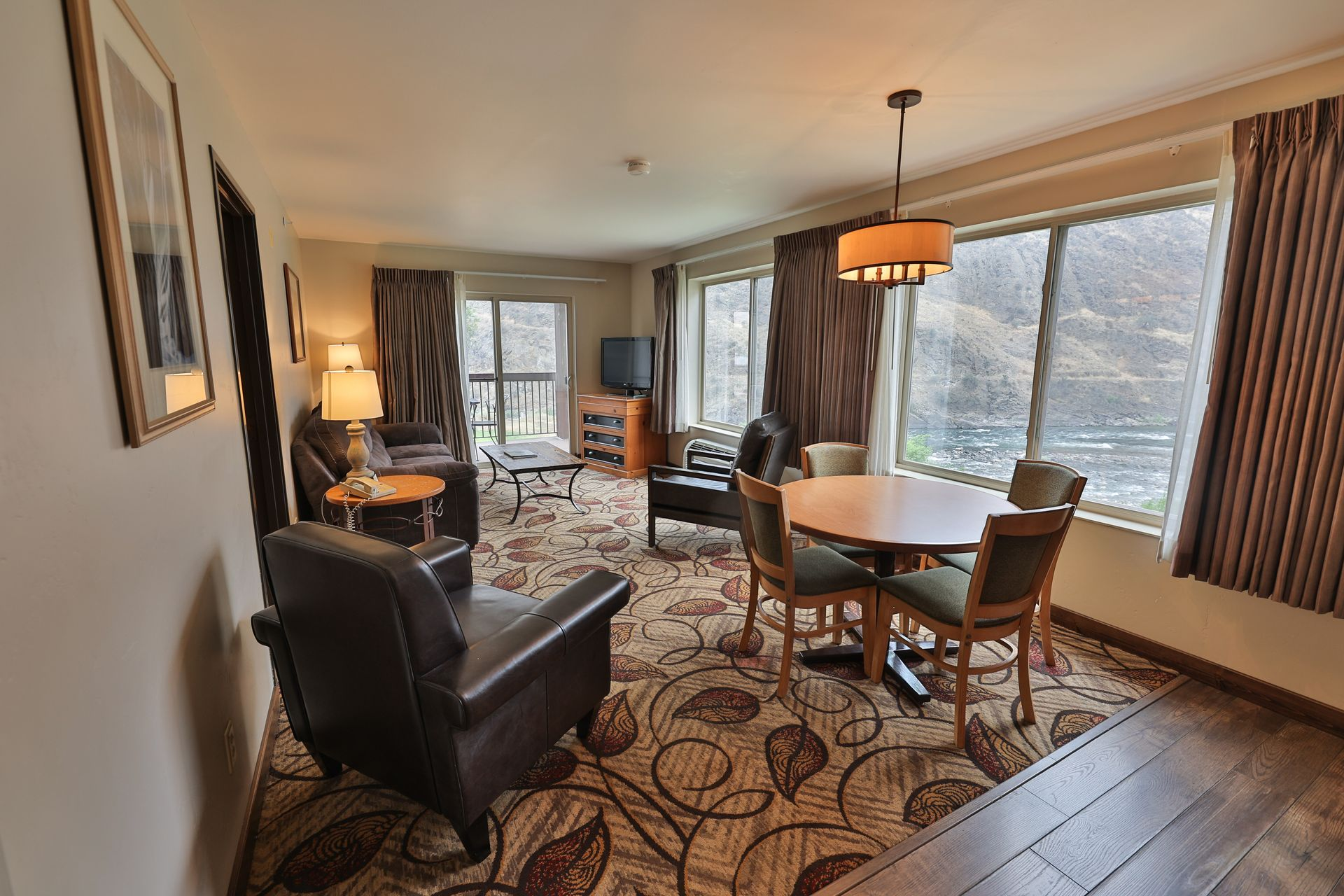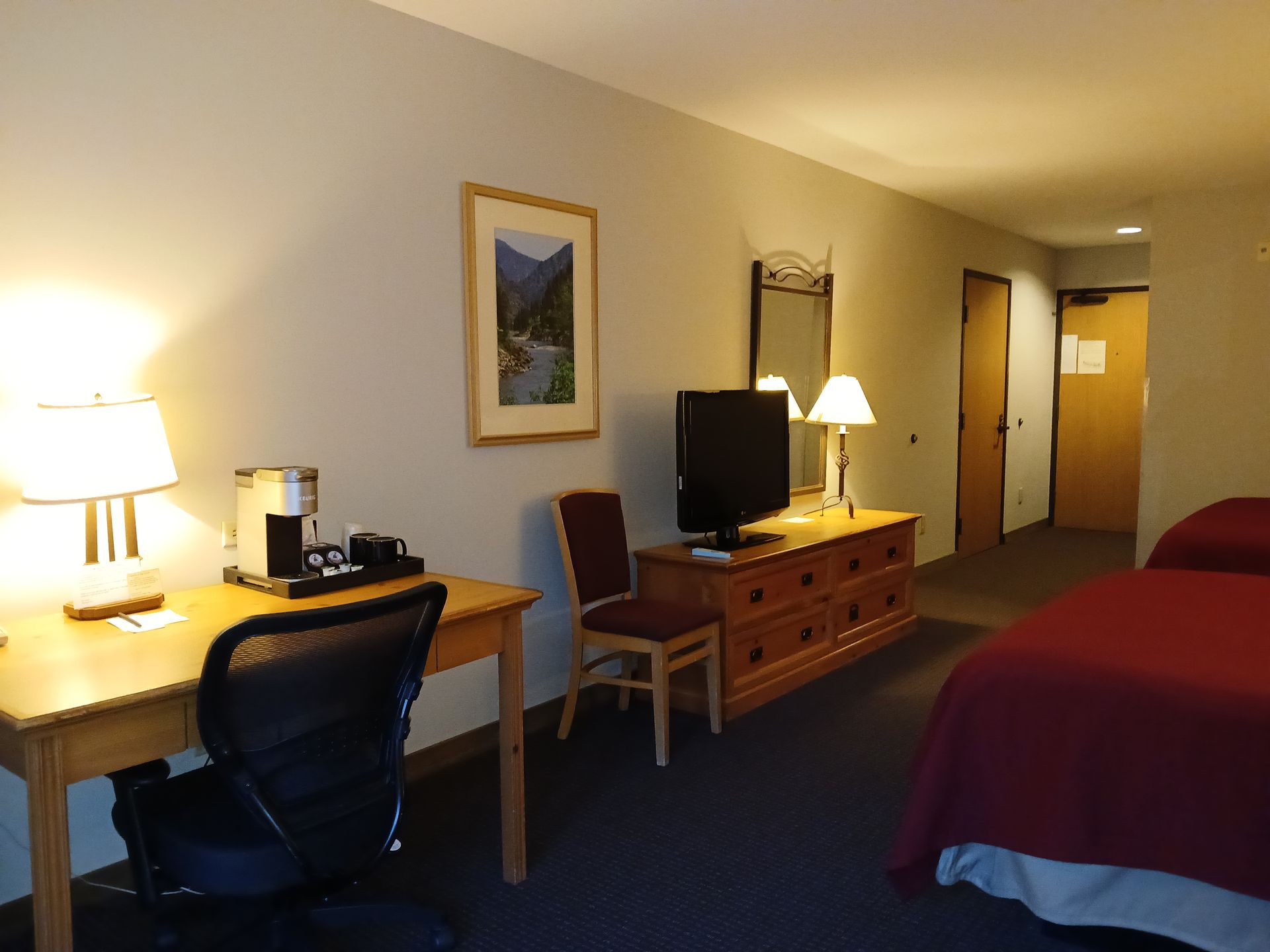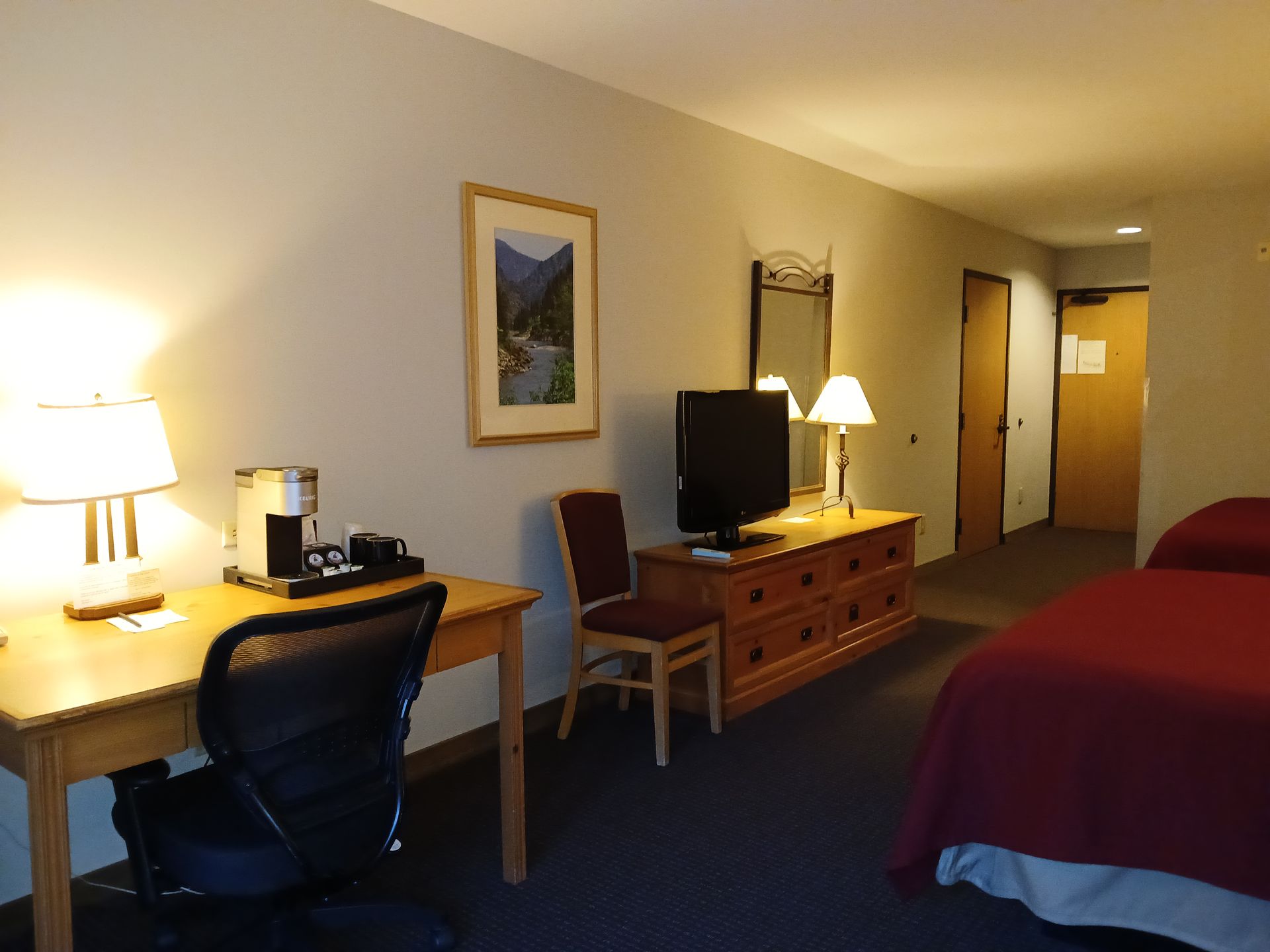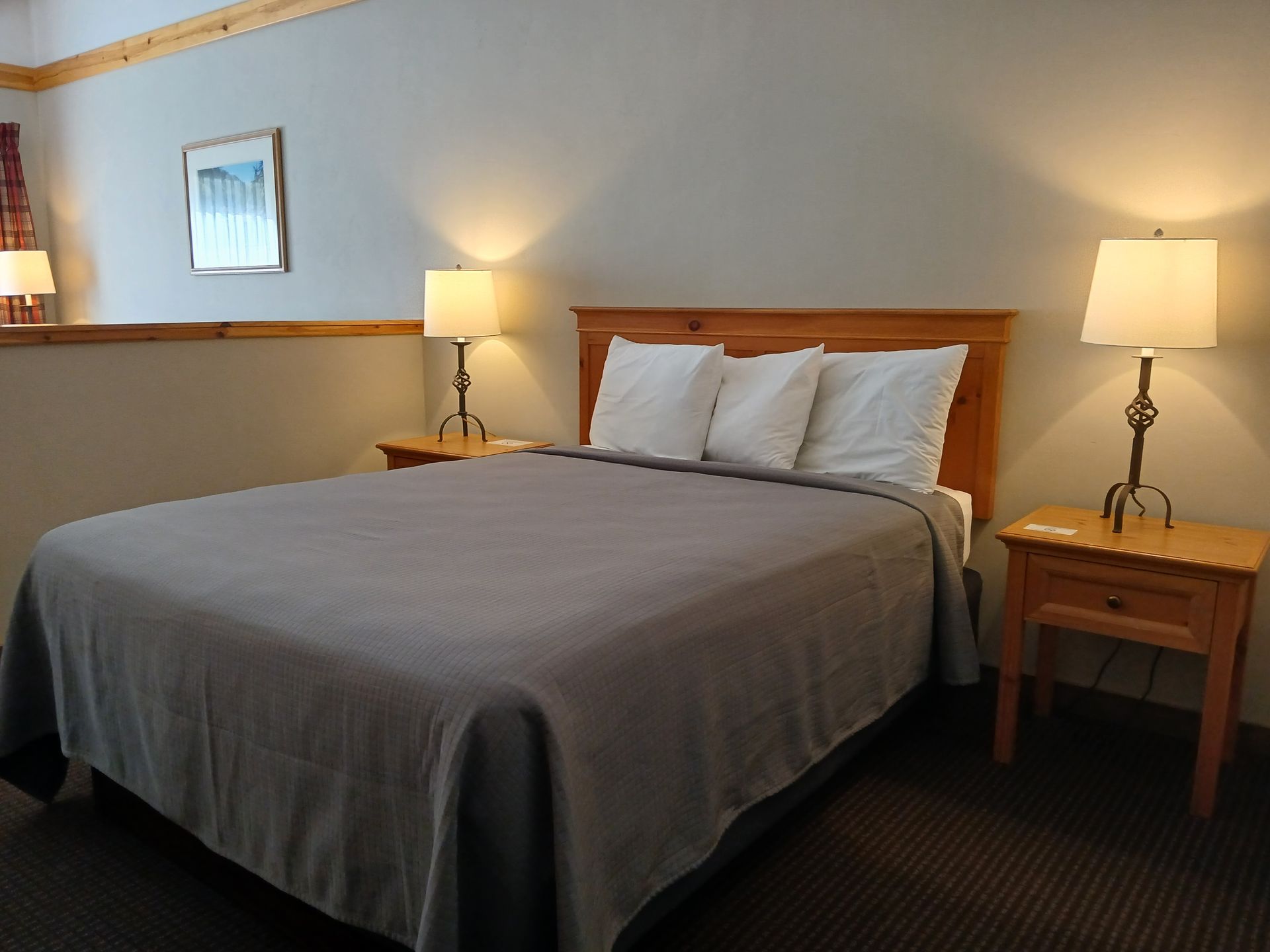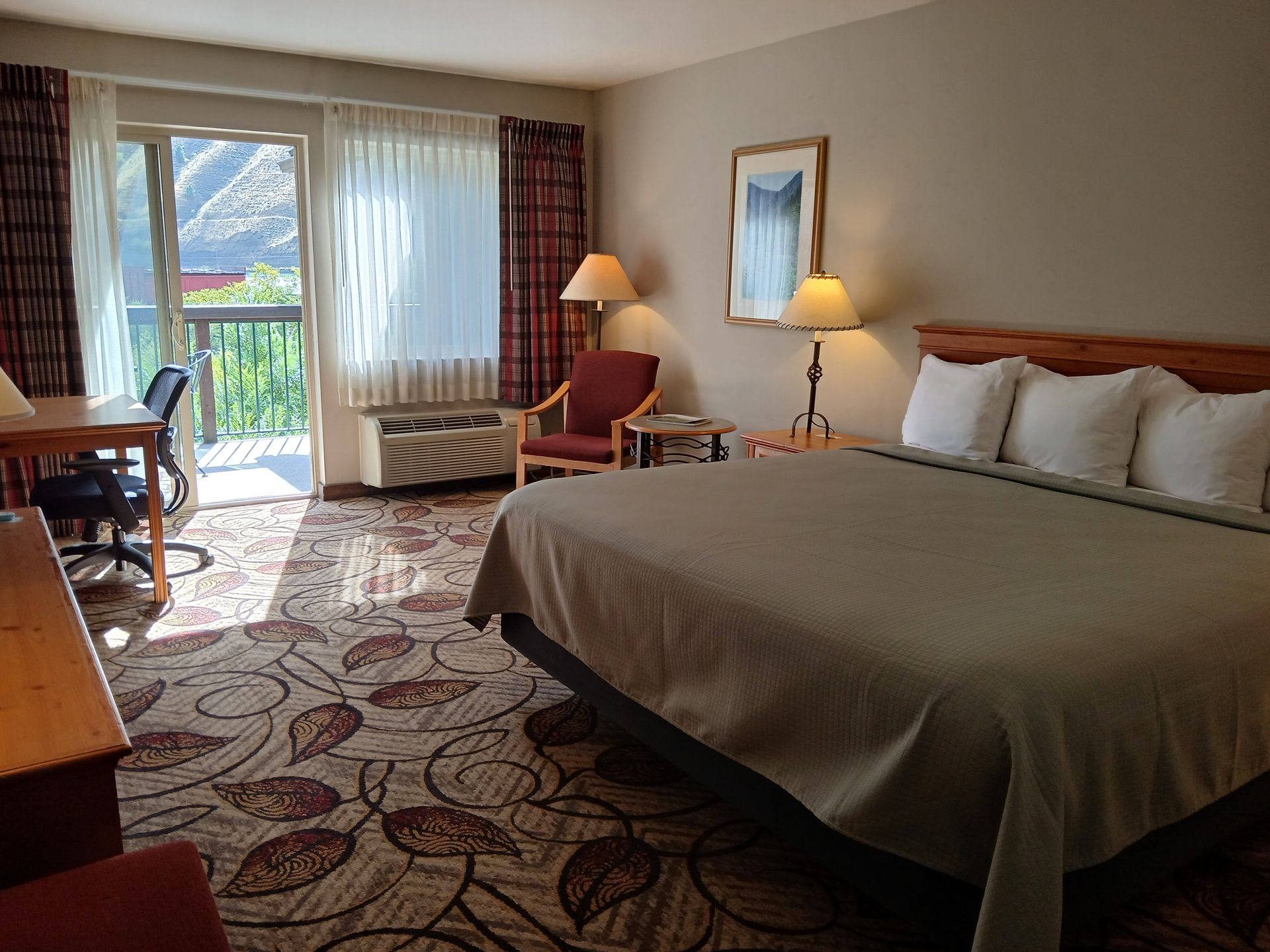Dynamic Pricing Explained: Why Riggins, Idaho Hotel Rates Fluctuate So Much
Have you ever checked a hotel along the Salmon River in Riggins, Idaho, one evening, only to wake up the next morning and find the price has completely changed? It almost feels like the hotels are playing a game with us. This rollercoaster isn’t random, though-it’s called dynamic pricing, and it’s a strategy you’ll notice a lot with hotels along the Salmon River.
What Dynamic Pricing Really Means
Dynamic pricing is simply the practice of adjusting a price based on what’s going on at the moment. If there’s more demand, prices go up. If it’s a quiet stretch, prices will drop to attract visitors. Hotels aren’t unique in this; airlines, rideshares, and even concert tickets follow the same logic. Think of it like the stock market-but for your hotel room.
Why It Happens in Salmon
You might expect complex strategies like this in big cities, but why in a small town like Riggins? The area has unique seasonal demands. Seasonal rafting trips, fishing competitions, or even just the height of summer tourism can pack the town out. During those peak times, hotels along the Salmon River will raise their rates because rooms become rare. Then, in early spring or late fall, when fewer people are traveling, prices might be surprisingly affordable. For small destinations with limited lodging options, this pricing model keeps business steady.
The Influence of Timing
One of the hardest parts for travelers is figuring out when to book. Prices can swing depending on whether you are eyeing a weekend, midweek stay, or a holiday date. For example, booking right before the Fourth of July is almost guaranteed to cost more, since everyone wants to be in town enjoying the river and the outdoors. Meanwhile, the same room in late September might be far cheaper. Flexible travelers who can adjust their dates often win with better deals at Riggins Salmon Idaho hotels like Salmon Rapid Lodge, Idaho, along the Salmon River.
Technology Behind the Curtain
This isn’t a hotel manager sitting behind a desk making guesses; it’s software. Reservation systems work on data, constantly scanning the patterns: how many people are searching for hotels along the Salmon River, whether nearby towns are booking really fast, or what occupancy levels look like in real time. When very few rooms are left, prices bounce upward. This is why, within hours, a hotel rate can rise, especially if one is talking about smaller properties in Riggins, where there are fewer rooms to adjust.
Tips for Travelers
The good news is, once you understand the system, you can work around it:
- Book early if you’re planning for busy weekends or big events.
- Try shoulder seasons-spring and fall often mean fewer crowds and better bargains.
- Keep checking back; sometimes prices drop if occupancy isn’t filling as fast as expected.
·Consider midweek stays, which often come with noticeably lower rates in hotels near Salmon River Idaho, in Riggins, compared to Fridays or Saturdays.
Conclusion
So, what looks random from the outside actually follows a clear rhythm. For towns like Riggins along the Salmon River, dynamic pricing helps small hotels survive seasonal highs and lows. For visitors, it can feel like a challenge, but with a little patience and flexibility, you can still find a great deal. The next time that hotel rate changes overnight, remember it’s not luck or punishment, it’s just the economics of supply and demand playing out in real time.

